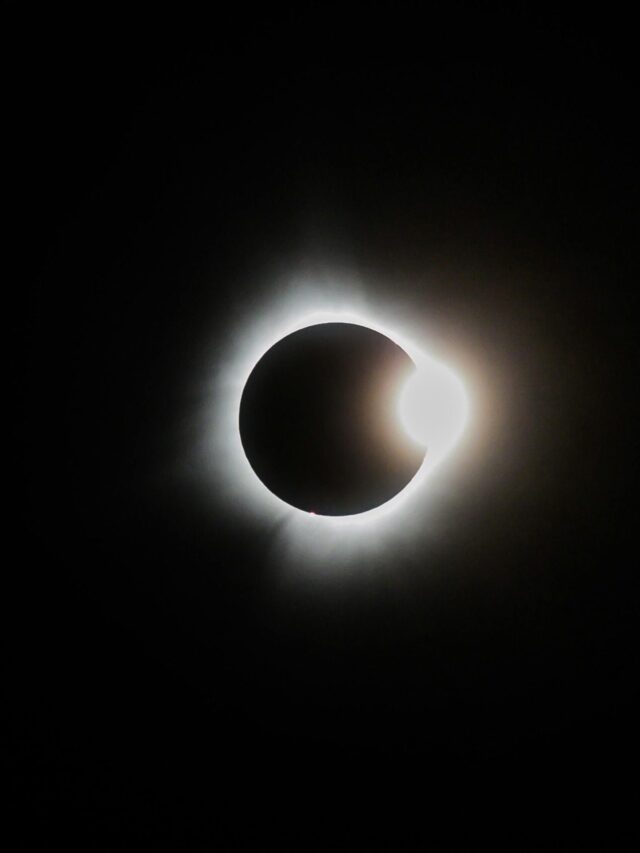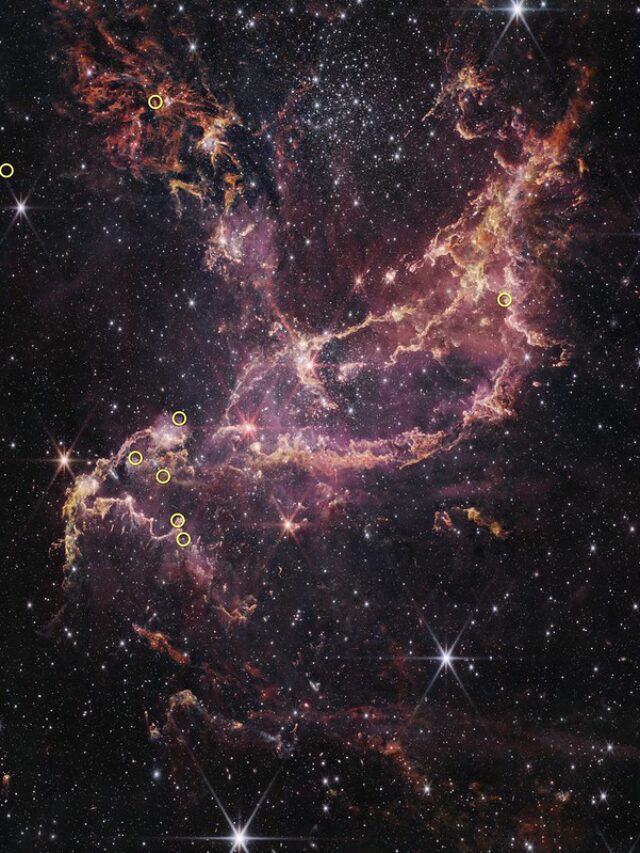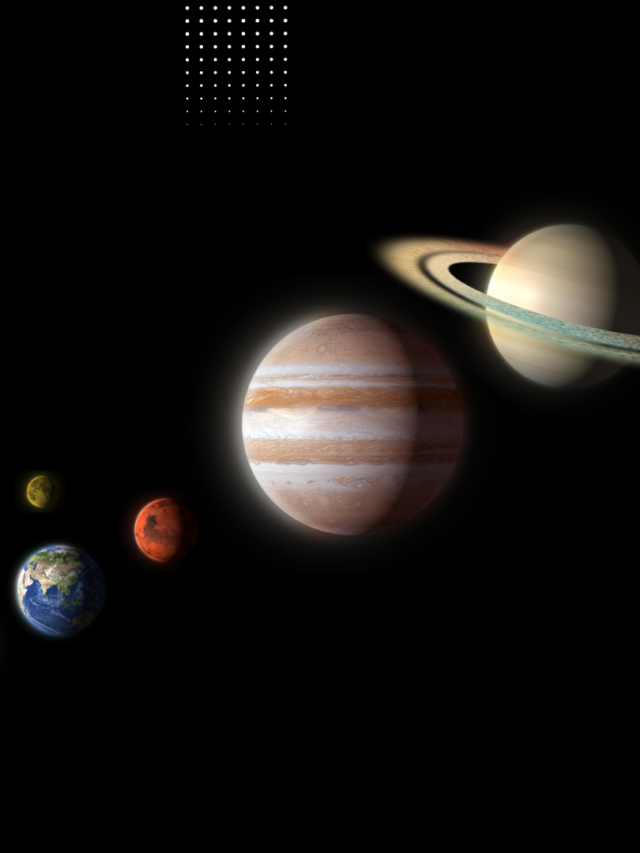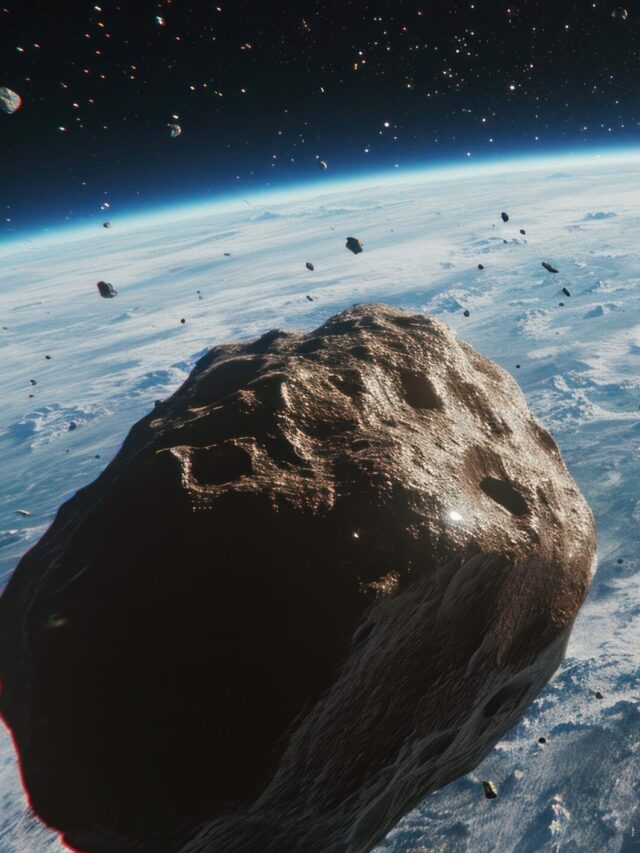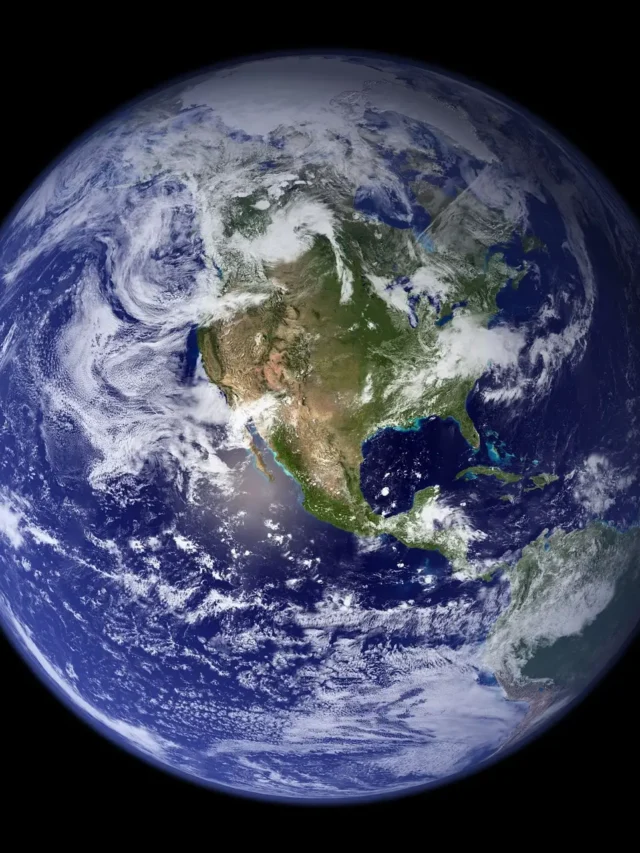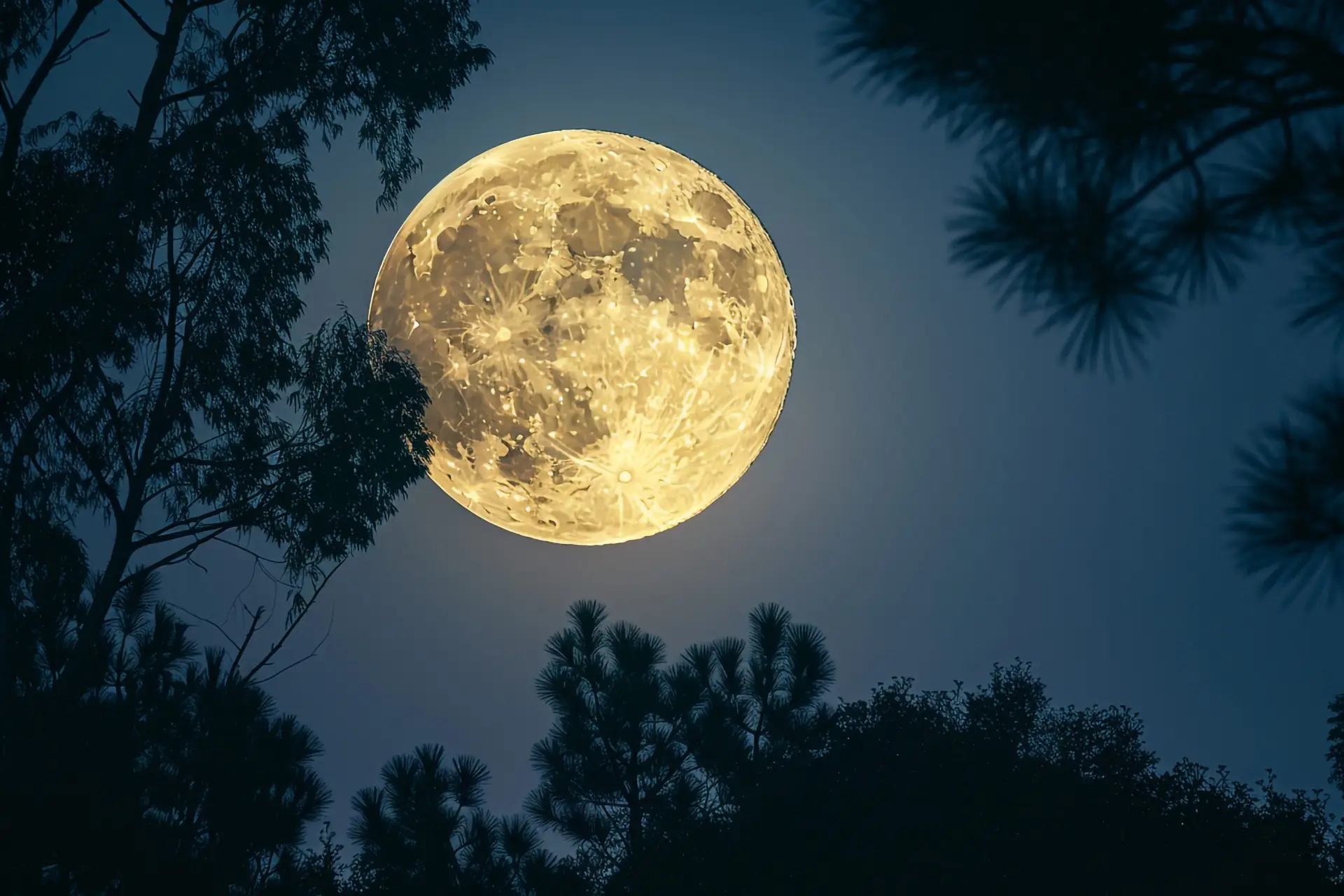Solar Eclipse March 2025 in India The year 2025 is set to bring a spectacular celestial event—a total solar eclipse—that will captivate skywatchers across the globe. For astronomy enthusiasts in India, this event presents a unique opportunity to witness a rare phenomenon where the Moon blocks the Sun, plunging daylight into temporary darkness. Here’s everything you need to know about the solar eclipse in March 2025 in India.

Outline
-
Introduction to Solar Eclipse
-
Types of Solar Eclipses
-
Total Solar Eclipse
-
Partial Solar Eclipse
-
Annular Solar Eclipse
-
-
Overview of Solar Eclipses in 2025
-
Details of the Solar Eclipse in March 2025
-
Exact Date and Time in India
-
Duration of the Eclipse
-
-
Visibility Across India
-
Major Cities to Witness the Eclipse
-
Best Viewing Locations
-
-
Scientific Significance of Solar Eclipses
-
Safety Measures While Viewing the Eclipse
-
Using Proper Solar Glasses
-
Avoiding Direct Eye Contact
-
-
Myths and Beliefs Associated with Solar Eclipses
-
Impact on Nature and Wildlife
-
Tips for Capturing the Solar Eclipse
-
Ideal Camera Settings
-
Best Lenses and Filters
-
-
Global Impact and Viewing Zones
-
How to Prepare for the Solar Eclipse
-
Role of ISRO and Indian Astronomers
-
Previous Major Solar Eclipses in India
-
Conclusion
-
FAQs About Solar Eclipse March 2025
Introduction to Solar Eclipse
A solar eclipse occurs when the Moon passes between the Earth and the Sun, temporarily blocking the Sun’s light. This cosmic event has fascinated humans for centuries, inspiring scientific curiosity and mythological beliefs. In 2025, skywatchers in India will get a chance to witness a breathtaking solar eclipse that promises a memorable experience.
Types of Solar Eclipses
1. Total Solar Eclipse

During a total solar eclipse, the Moon completely covers the Sun, casting a shadow over the Earth and turning day into night for a brief period.
2. Partial Solar Eclipse

In a partial solar eclipse, only a portion of the Sun is covered by the Moon, leaving a crescent-shaped Sun visible.
3. Annular Solar Eclipse

An annular solar eclipse occurs when the Moon covers the center of the Sun, leaving a bright ring, or “ring of fire,” visible around the edges.
READ MORE:Upcoming Solar Events of 2025
Overview of Solar Eclipses in 2025
The year 2025 will witness two major solar eclipses:
-
March 29, 2025 – A total solar eclipse visible across different parts of the world, including India.
-
September 21, 2025 – An annular solar eclipse, but it will not be visible in India.
Details of the Solar Eclipse in March 2025
Exact Date and Time in India
The solar eclipse in March 2025 is scheduled to occur on March 29, 2025. In India, the event will be visible in the afternoon, with the eclipse starting around 12:15 PM IST and reaching its peak at approximately 1:45 PM IST. The entire event will conclude by 3:05 PM IST.
Duration of the Eclipse
The total duration of the eclipse will last around 2 hours and 50 minutes, with the period of totality lasting approximately 3-4 minutes in regions where the eclipse is most visible.
Visibility Across India
Major Cities to Witness the Eclipse
The solar eclipse of March 2025 will be visible across various parts of India. Some of the major cities where the event can be observed include:
-
New Delhi
-
Mumbai
-
Kolkata
-
Chennai
-
Bengaluru
-
Hyderabad
Best Viewing Locations
For the best viewing experience, head to areas with clear skies and minimal light pollution. Hill stations and open fields provide ideal spots for watching the eclipse.
Scientific Significance of Solar Eclipses
Solar eclipses offer unique opportunities for scientific research. During a total solar eclipse, astronomers can study the Sun’s corona—the outer atmosphere—which is otherwise too faint to observe. Eclipses also help refine models of the Moon’s orbit and improve our understanding of celestial mechanics.
Safety Measures While Viewing the Eclipse
1. Use Proper Solar Glasses
Never look directly at the Sun during an eclipse. Always use certified solar glasses or eclipse viewers to protect your eyes.
2. Avoid Direct Eye Contact
Even during partial eclipses, staring at the Sun can cause severe eye damage. Regular sunglasses are not sufficient for protection.
Myths and Beliefs Associated with Solar Eclipses
In India, solar eclipses have been surrounded by myths and cultural beliefs for centuries. Some of the most common beliefs include:
-
Pregnant women should stay indoors to avoid harmful effects.
-
Cooking or eating during an eclipse is considered inauspicious.
-
Taking a bath after the eclipse is believed to cleanse negative energy.
Impact on Nature and Wildlife
During a solar eclipse, animals often display unusual behavior. Birds may stop singing, nocturnal animals may emerge, and insects may go silent. The sudden change in light and temperature can temporarily alter natural cycles.
Tips for Capturing the Solar Eclipse
1. Ideal Camera Settings
-
Use a low ISO setting (100 or 200).
-
Set a fast shutter speed to capture the details of the eclipse.
-
Adjust aperture settings between f/8 to f/16.
2. Best Lenses and Filters
-
Use a telephoto lens for close-up shots.
-
Attach a solar filter to prevent damage to the camera sensor.
Global Impact and Viewing Zones
The solar eclipse of 29 March 2025 will be visible not only in India but also in parts of Asia, Europe, and North Africa. Each region will experience varying levels of visibility depending on its geographic position.
How to Prepare for the Solar Eclipse
-
Mark the Date: Ensure you block your calendar for March 29, 2025.
-
Get Proper Equipment: Purchase certified solar glasses or a telescope with solar filters.
-
Plan Your Location: Identify the best place to observe the event with clear skies.
Role of ISRO and Indian Astronomers
The Indian Space Research Organisation (ISRO) and other astronomical institutions play a crucial role in observing and studying solar eclipses. Their findings provide valuable insights into solar activities and cosmic phenomena.
Previous Major Solar Eclipses in India
India has witnessed several memorable solar eclipses, including:
-
July 22, 2009 – The longest total solar eclipse of the 21st century.
-
December 26, 2019 – An annular solar eclipse visible in southern India.
Conclusion
The solar eclipse of March 2025 promises to be a once-in-a-lifetime event for skywatchers in India. Whether you are an amateur stargazer or a seasoned astronomer, this celestial phenomenon is not to be missed. Mark your calendars, prepare your equipment, and get ready to witness nature’s incredible spectacle!
FAQs About Solar Eclipse March 2025
1. What is the date of the solar eclipse in March 2025?
The solar eclipse will occur on March 29, 2025.
2. What time will the eclipse be visible in India?
The eclipse will begin at around 12:15 PM IST and peak at approximately 1:45 PM IST.
3. Can I watch the solar eclipse without glasses?
No, it is unsafe to view the solar eclipse without proper solar glasses or a certified solar viewer.
4. Which cities in India will have the best view of the eclipse?
Major cities such as New Delhi, Mumbai, Kolkata, Chennai, Bengaluru, and Hyderabad will offer the best viewing experience.
5. How long will the total solar eclipse last in India?
The total solar eclipse is expected to last for approximately 3-4 minutes in regions with maximum visibility.
